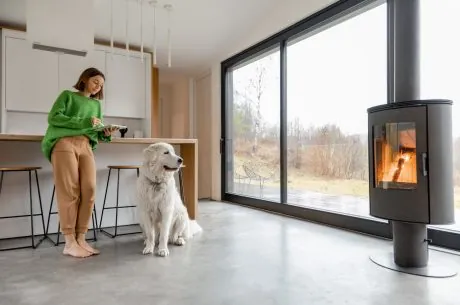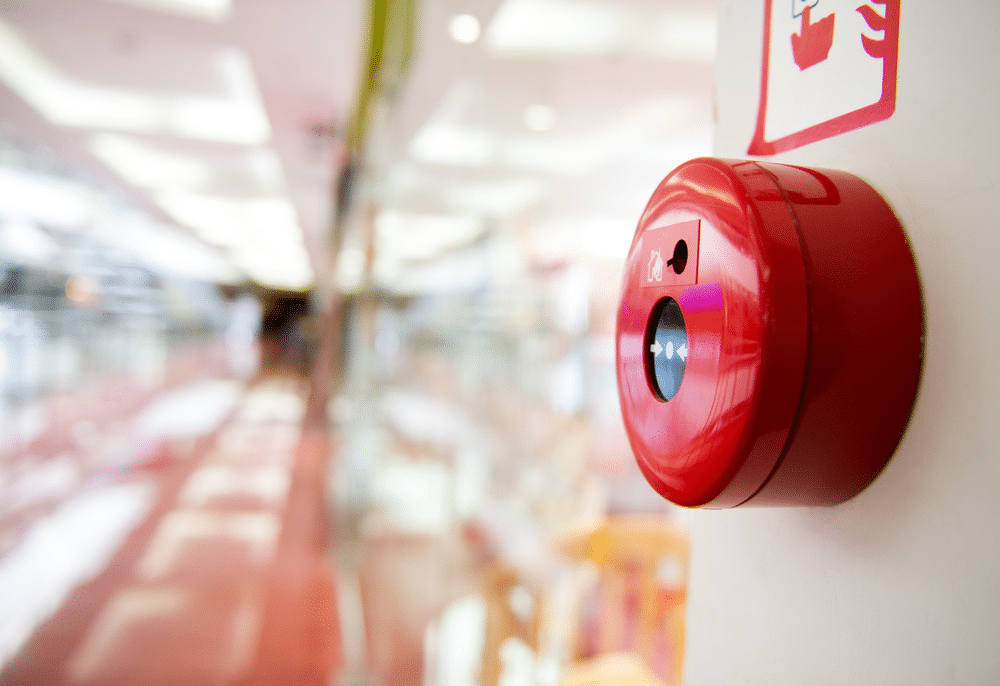As the months and seasons change, we begin to make the necessary changes in our lives to adjust to the incoming cooler weather. With the inevitable transition from hot to cold, the temperature falls, and the use of fireplaces increases. Electric fireplaces, gas fireplaces, or wood-burning fireplaces each have unique safety hazards, so it’s crucial to understand how they function before use.
Many people opt for portable fireplaces and heaters because they are easy to use and don’t release toxic fumes. Although portable fireplaces may be convenient, using one requires special care to avoid serious injuries, property damage, or house fire. This blog thoroughly examines the different fireplaces and heaters and the ways to incorporate fireplace safety tips for peace of mind.
How Do Portable Fireplaces Compare to Traditional Fireplaces?
Portable fireplaces are very different from the fireplace built inside your home. When one is made within your home, bricks and mortar are used to create a sturdy and functional fireplace. A portable fireplace is not permanently attached to one spot and can be moved. Portable fireplaces are also made of different materials, such as metal or ceramic, and use other fuel sources, such as gel, wood, or electricity.
Unlike traditional fireplaces, portable fireplaces don’t feature glass doors. They also don’t have designated areas for the smoke to escape. The fumes from portable fireplaces can be just as toxic as those from a traditional fireplace. If not used correctly, portable fireplaces can cause serious health complications like carbon monoxide poisoning.
Traditional fireplaces vary exponentially compared to portable fireplaces concerning chimneys. The fireplace in your home has a designated spot for the smoke to escape through the chimney. When using wood fireplaces, place the wooden logs in the fireplace horizontally and allow space for airflow. Next, open the damper, the metal flap at the front of the fireplace, and turn it on to ensure proper ventilation. If you’re using a gas or wood fireplace, open the chimney flue before starting the fire to let fresh air feed the flames and allow smoke to exit. After these steps have been appropriately followed, light the fire and enjoy the warm air! Smoke and soot will release through the chimney. Avoid touching the hot glass front while a fire is burning.
The Different Types of Portable Fireplaces and Heaters
Many portable heaters are available, including ceramic, kerosene, infrared, and fan space heaters, so it’s important to distinguish the features and precautions of each before contemplating a purchase.
Ceramic Heater
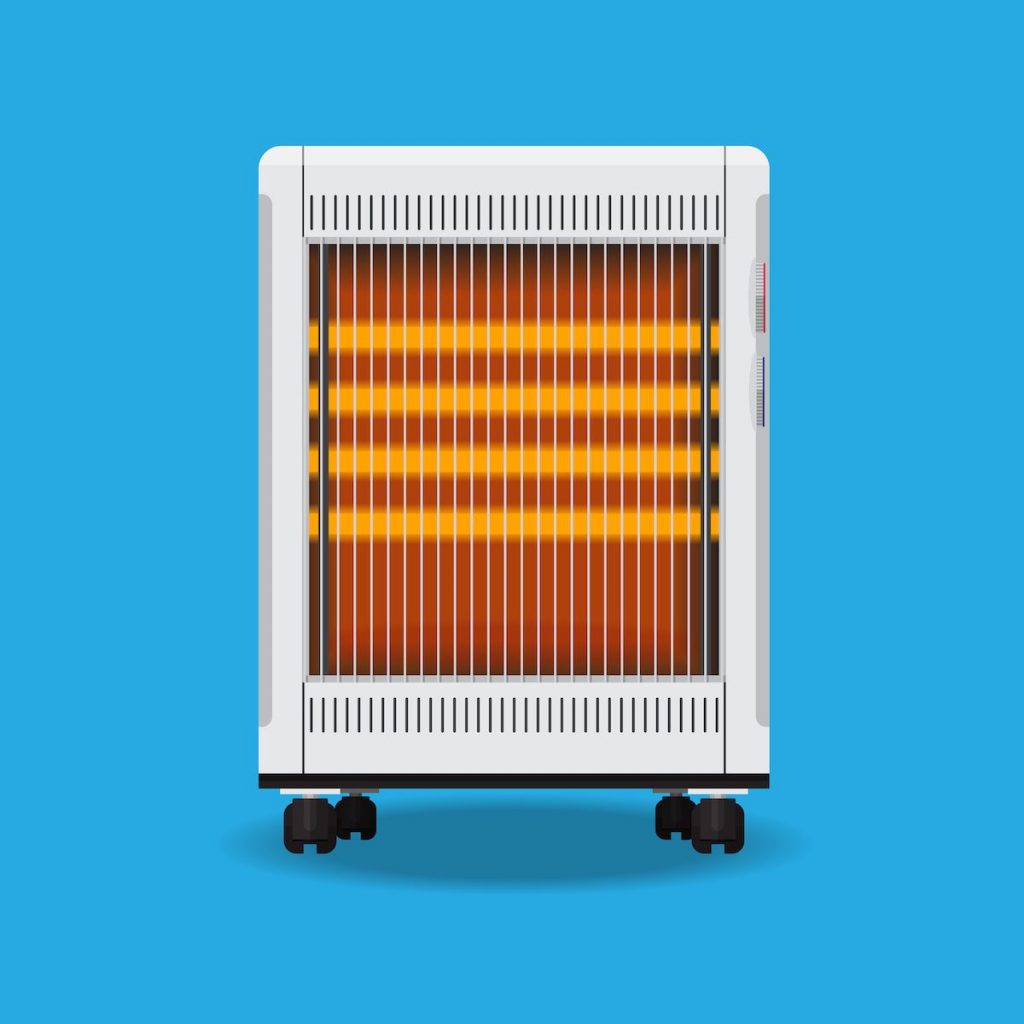
A ceramic heater is a type of electric fireplace with a ceramic element that heats up and glows red when in use. A fan then distributes the heat. Although ceramic heaters are safer than other portable heaters, they can pose a fire hazard if not used properly.
Ensure the heater is not damaged and that there are no loose wires. Only use the heater on a flat, stable surface.
Infrared Heater
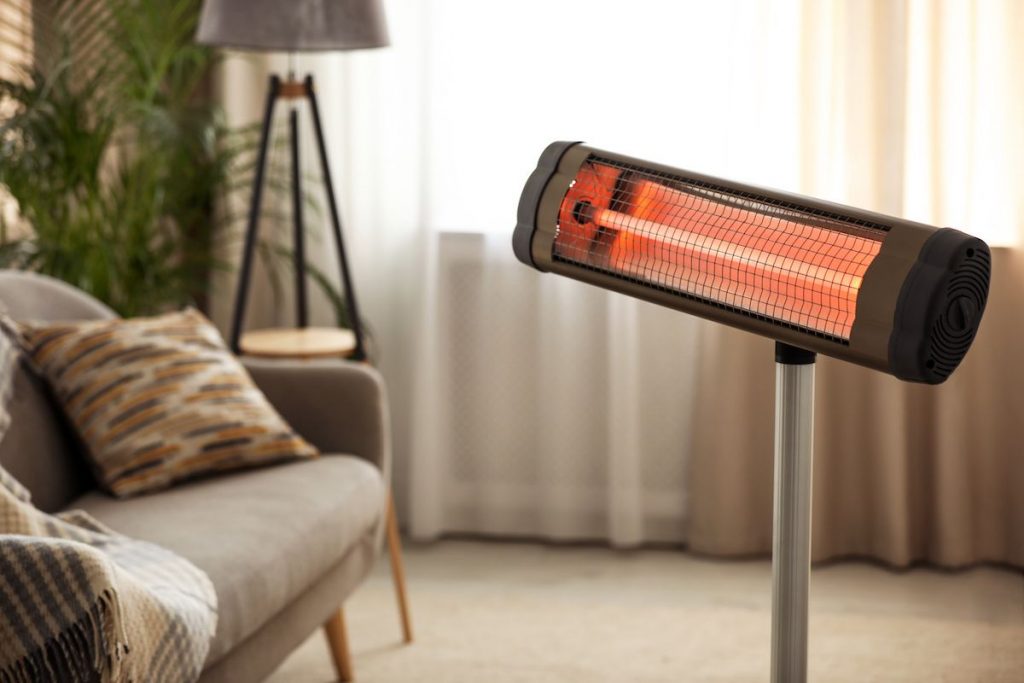
An infrared heater uses waves to heat objects in the living space instead of heating the air. These heaters are very efficient because they don’t use much energy. However, they can still be a fire hazard if not used properly.
When using an infrared heater, ensure there is nothing flammable within three feet of the device, such as curtains, furniture, or fabrics. These items can catch fire quickly if they are too close to the heater.
Kerosene Heater
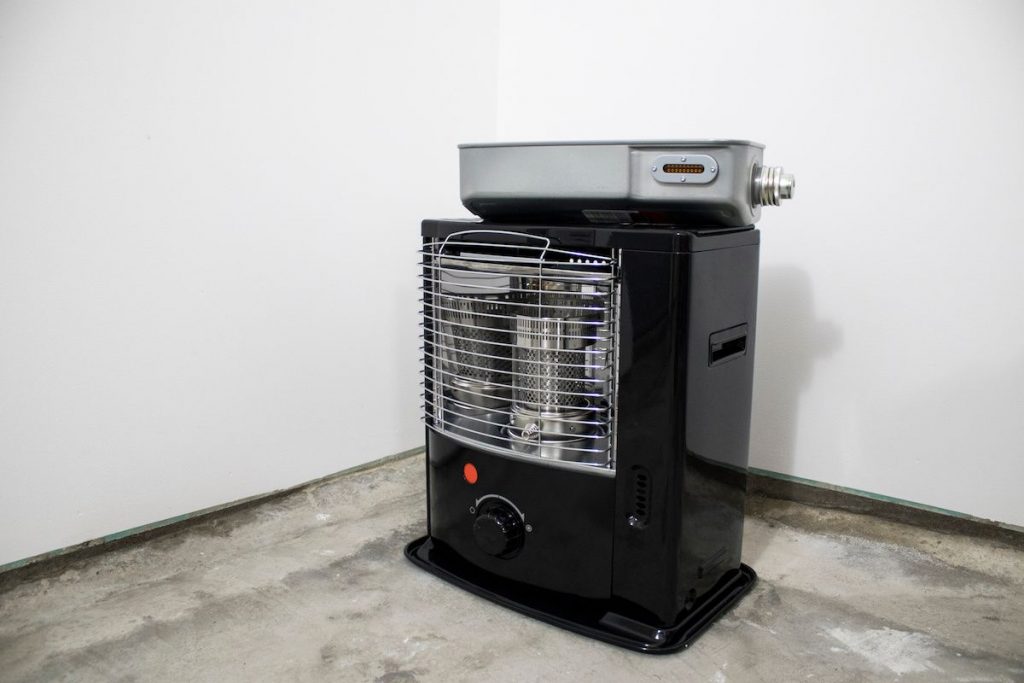
A kerosene heater uses kerosene as a fuel source and has a wick that ignites the kerosene. A metal screen then surrounds the flame. Kerosene heaters can be hazardous if not used correctly.
Kerosene is a highly flammable liquid, so it is essential to be very careful when handling it. When operating a kerosene heater, open the windows and doors to ventilate the room. Kerosene heaters produce carbon monoxide, so have a working carbon monoxide detector in the same room as the fireplace.
Fan Space Heater
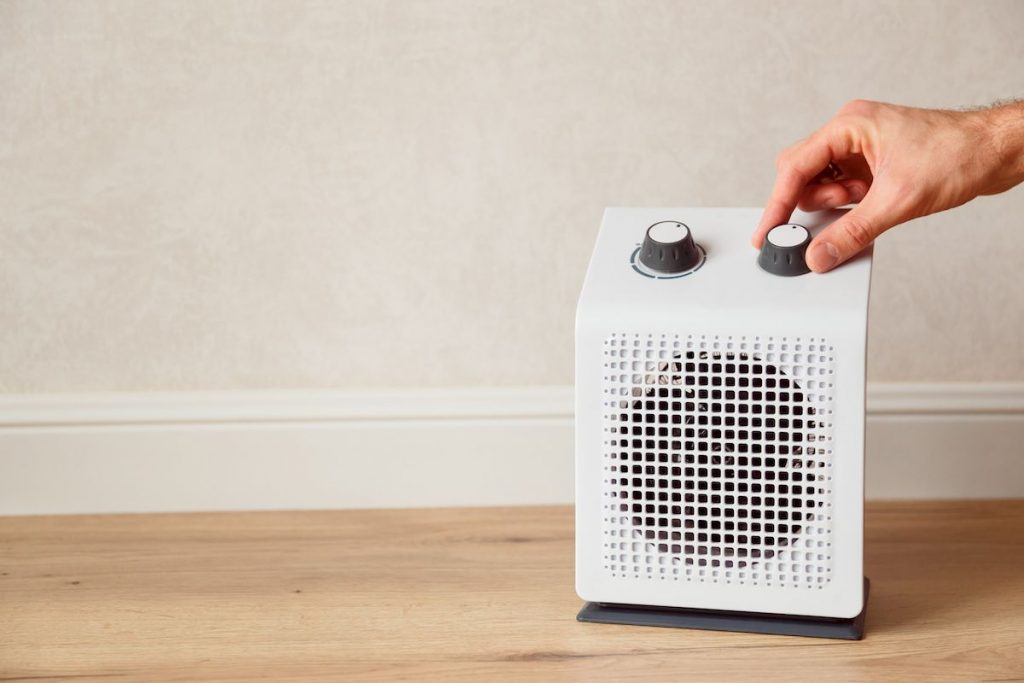
A fan space heater has coils that heat up when electricity passes through them. A fan then blows air over the waves and into the area. These heaters are very common but can be dangerous if not used correctly.
When using a fan space heater, ensure the cords are not frayed and that there is nothing flammable near the device. Combustible items should be at least three feet away from the space heater. This type of heater is more energy efficient and environmentally friendly than other heaters and fireplaces.
Knowing the proper ways to handle a portable fireplace ensures that no accidents will happen. Always heed the instructions and guidelines for your safety.
Safety Tips to Keep in Mind
- Children and pets should never be allowed to handle a portable heating device or fuel. When lit, keep small children and pets at a safe distance from the fireplace.
- Place the portable heater on a sturdy surface. Please do not use it on flammable objects like upholstery or fabrics. Keep flammable personal belongings at least four feet away from the heater.
- Don’t leave the fireplace unattended while it’s burning. Supervision is necessary.
- Do not use a charcoal starter, gasoline, kerosene, or other flammable liquid to start or accelerate the fire. Only use fireplace-approved bioethanol fuel.
- Before lighting the fireplace, clean up any fuel spillage and let all liquid fully evaporate.
- To reduce the risk of injury, use long matches or a utility lighter to start the fire.
- Never refuel the fireplace while it’s lit; wait at least 15 minutes for the device to cool down before refueling.
- When done with the fireplace, dispose of the ashes and dry kindling in a metal container with a lid.
- Have a fire extinguisher nearby in case of an emergency.
- Because portable heaters can produce carbon monoxide, open a window when it is turned on.
You can make the most of your portable fireplace with proper maintenance and usage throughout the cold season. Always prioritize safety before getting cozy in front of a warm fire or heat!
Call PuroClean for Emergency Fire and Smoke Restoration
If a malfunctioned portable fireplace or unattended chimney fire occurs, do not hesitate to contact PuroClean. As the “Paramedics of Property Damage®,” we are the first responders to your commercial property emergency. We are available 24 hours a day, seven days a week, to assist you. To schedule an appointment with your PuroClean office, please visit our website or call us at (800) 775- 7876.

